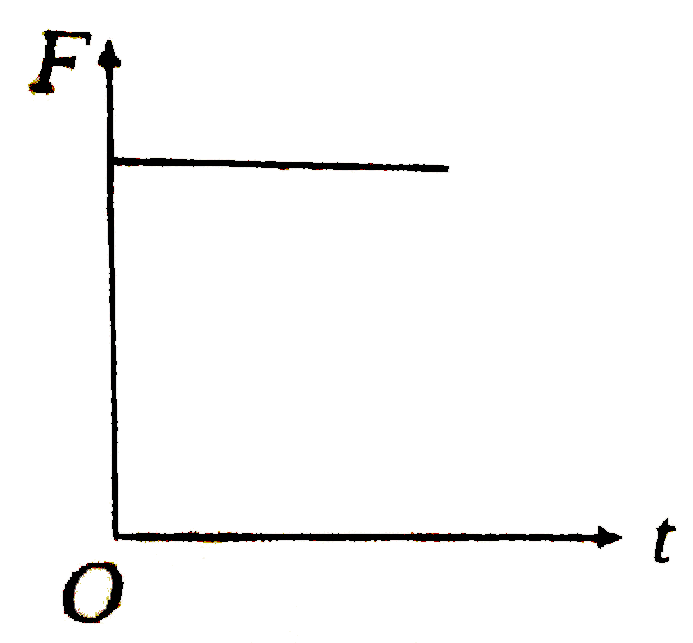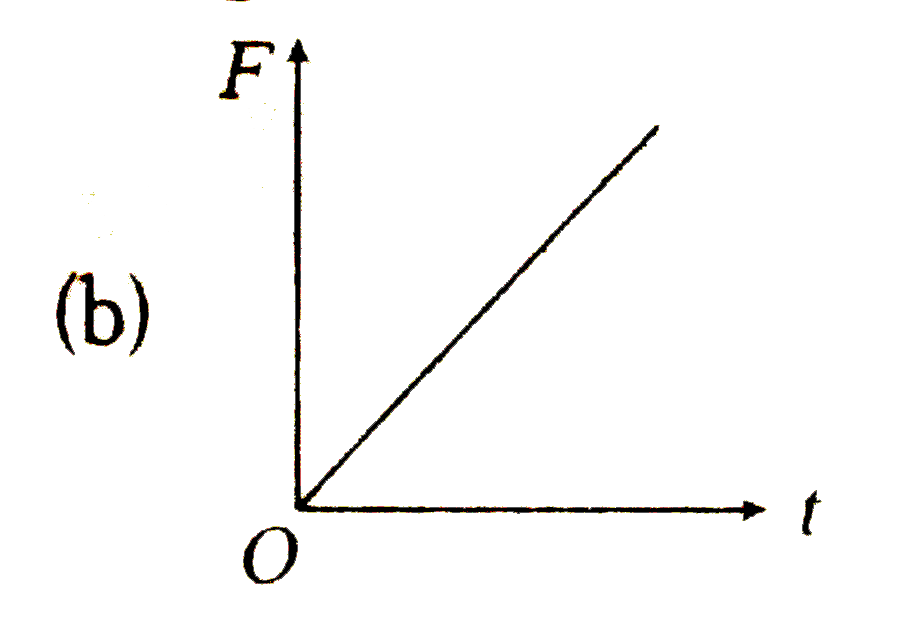Displacement time(x-t) graph of a particle executing S.H.M is shown In the figure.The equation of S.H.M is given by 
x=4sin(π2t+π6)cm
x=4sin(πt+π6)cm
x=4sin(π4t+5π6)cm
x=4sin(πt+5π6)cm
The correct Answer is:B
Step by step video & image solution for Displacement time(x-t) graph of a particle executing S.H.M is shown In the figure.The equation of S.H.M is given by by Physics experts to help you in doubts & scoring excellent marks in Class 12 exams.
Updated on:21/07/2023Similar Questions
Acceleration displacement (a-x) graph of a particle executing S.H.M. is shown in the figure. The frequency of oscillation is (tanθ=8)
View SolutionThe displacement time graph of a particle executing S.H.M as shown in the figure.
 The corresponding force-time graph of the partical will be
The corresponding force-time graph of the partical will be
View SolutionThe displacement-time graph of a particle executing SHM is as shown in the figure.

The corresponding force-time graph of the particle is
(a)



View SolutionAcceleration -displacemnet graph of a particle executing SHM is as shown in given figure. The time period of its oscillations is (in s)

View SolutionThe displacement-time graph of a particle executing SHM is shown in figure. Which of the following statement is/are true ?

View SolutionThe displacement - time graph of a particle executing SHM is shown in figure. Which of the following statements is//are true ?

View SolutionThe displacement (x) is plotted with time (t) for a particle executing SHM as shown below. The correct equation of SHM is

View SolutionThe displacement-time graph for a particle executing SHM is as shown in figure. Which of the following statements is correct?

View SolutionDisplacement time graph of particle performing SHM is as shown in figure. Assume that mean position is at x=0

View SolutionThe displacement time graph of a particle executing S.H.M. is given in figure : (sketch is schematic and not to scale).

Which of the following statements is/are true for this motion?
(A) The force is zero at t = 3T4
(B)The acceleration is maximum at t=T
(C )The speed is maximum at t = T4
(D) The P.E. is equal to K.E. of the oscillation at t = T2
View Solution
